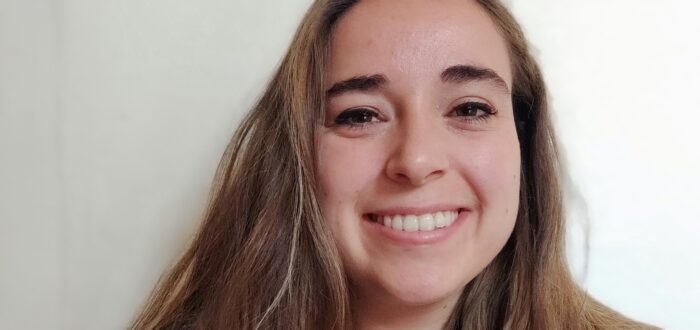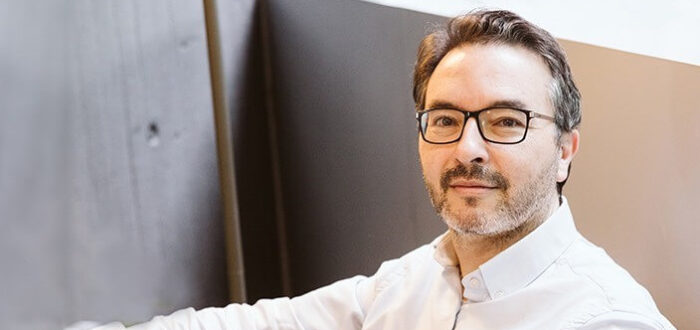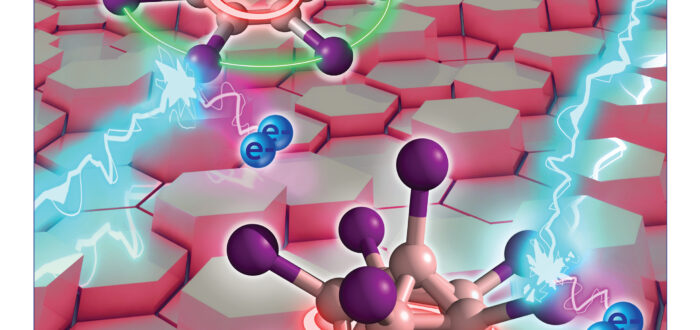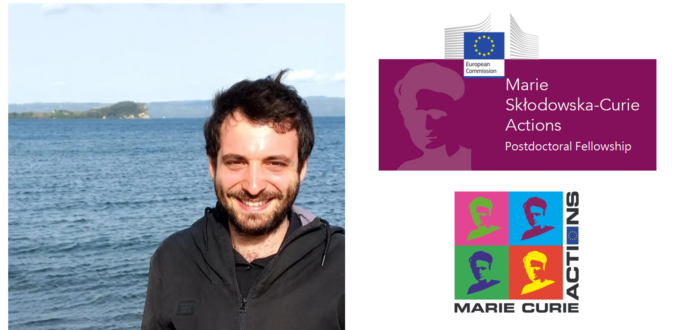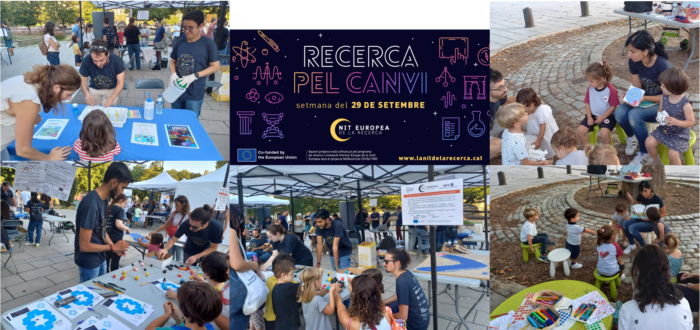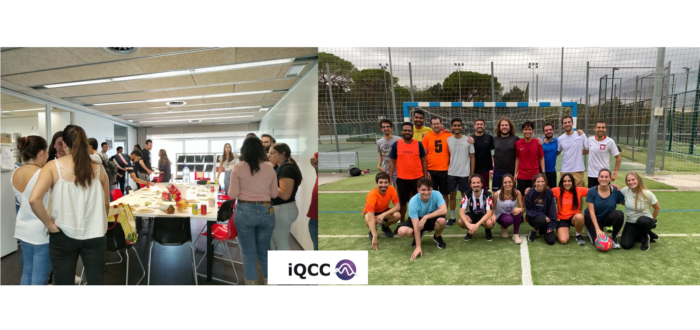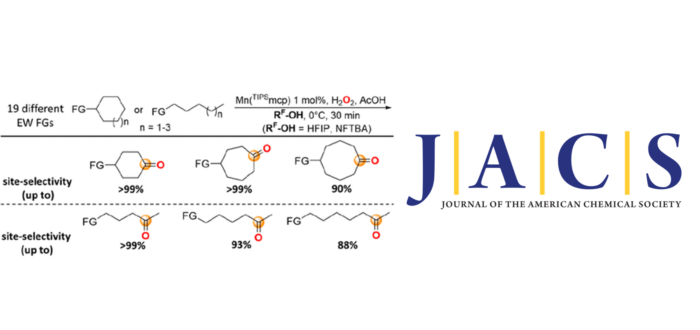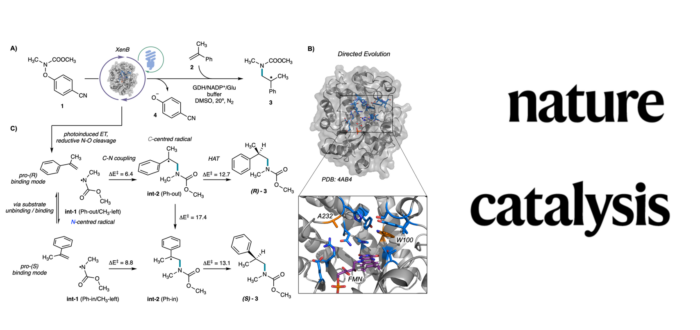Gemma Font was graduated in Chemistry at the University of Girona and she performed the master in the Institute of Computational Chemistry and Catalysis (IQCC) and she did the master thesis between the IQCC and the Proter & Gamble (in Belgium) in the field of two type of natural BOLA surfactants. Then, she worked as a associate researcher in
- sec.iqcc@udg.edu
- +34 972 41 83 57
News
Dr. Jordi Mestres (Girona, 1967) graduated in chemistry in 1990 from the Autonomous University of Barcelona (UAB) and received his doctorate in 1995 (specializing in computational chemistry) from the University of Girona, with short research stays at the Université de Paris-Sud (Paris, France; 1992) and Rice University (Houston, USA; 1993). Parallel to his research
Next Tuesday will be the defense of the doctoral thesis of Rubén Álvarez Yebra, titled “Development of flexible cavitands receptors based on calixarene. Rational design, synthesis and study of their properties”, supervised by Dr. Agustí Lledó from IQCC. Place: Aula Magna de la Facultat de Ciències Date: Tuesday November 7th, 2023 Time: 11.30am We wish him good luck and all the
Last 19th October took place the Autumn edition of the IQCC Forum, a quarterly meeting-place where high-quality science will be discussed. The IQCC Forum gives the opportunity for PhD and postdoc members of the IQCC to present their work to a wide audience. This will lead to better knowledge of the work that is being performed in
Journal of the American Chemical Society features on its supplementary cover the recently published research article “Single-Not Double-3D-Aromaticity in an Oxidized Closo Icosahedral Dodecaiodo-Dodecaborate Cluster”. 3D-aromatic molecules with (distorted) tetrahedral, octahedral, or spherical structures are much less common than typical 2D-aromatic species or even 2D-aromatic-in-3D systems. Closo boranes, [BnHn]2– (5 < n < 14) and carboranes are examples of compounds
On May 1 st 2023, Dr. Marco Galeotti started his MSCA postdoctoral project entitled Implementing Cationic Paths in Aliphatic C-H Oxidation (ICAT-PACHO), under the supervision of Prof. Miquel Costas at the Institute of Computational Chemistry and Catalysis (IQCC) of University of Girona (UdG). This 2-year fellowship will allow Dr. Marco Galeotti to start a new project devoted to the study of
Every year in September since 2008, the IQCC is organizing together with the Scientific Culture and Digital Communication (C4D) unit of the UdG, the Diputació de Girona and the Girona City Council the European Researchers’ Night with the aim to bring science closer to the Girona general public. The European Researchers’ Night is a coordianted
The IQCC is starting a new event the networking IQCC. This activity will try to promote networking between the people of the all Institute (PIs, postdocs, PhD students, master students and staff). It will be a chemistry-free event, and it will consist of doing some different types of activities: excursions, sports activities, dinner, and others. It will take
A detailed study on the C(sp3)–H bond oxygenation reactions with H2O2 catalyzed by the [Mn(OTf)2(TIPSmcp)] complex at methylenic sites of cycloalkyl and 1-alkyl substrates bearing 19 different electron-withdrawing functional groups (EW FGs) was carried out. Oxidations in MeCN were compared to the corresponding ones in the strong hydrogen bond donating (HBD) solvents 1,1,1,3,3,3-hexafluoro-2-propanol (HFIP) and nonafluoro tert-butyl
Dr. Garcia-Borràs has been invited to write a highlight in the News & Views section of Nature Catalysis journal to describe the significance of a new-to-nature photobiocatalytic reaction developed by team led by Huimin Zhao at the University of Illinois at Urbana-Champaign, Binju Wang at Xiamen University, and Dongping Zhong at The Ohio State University.

